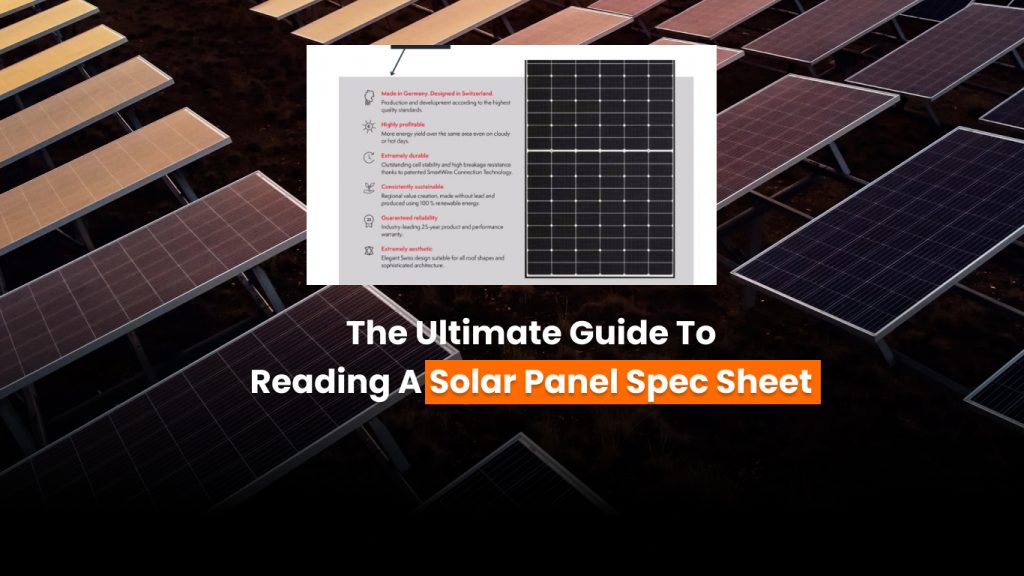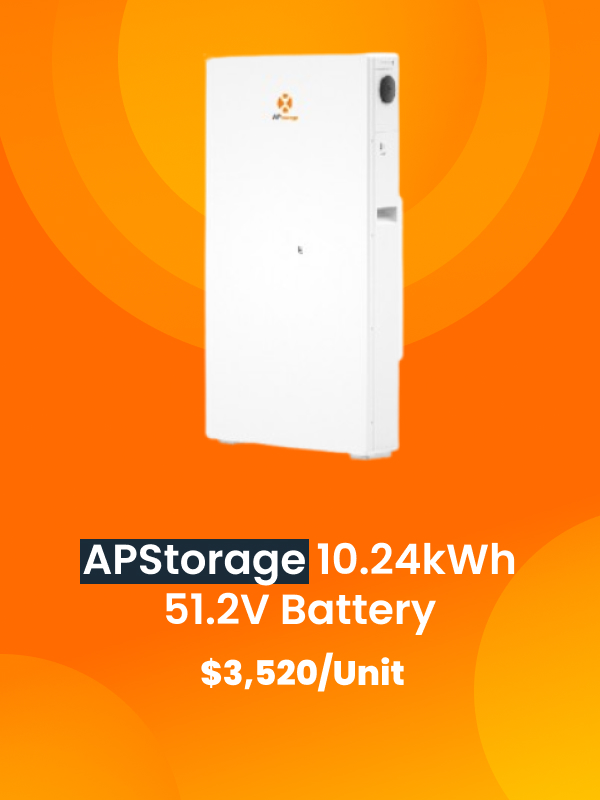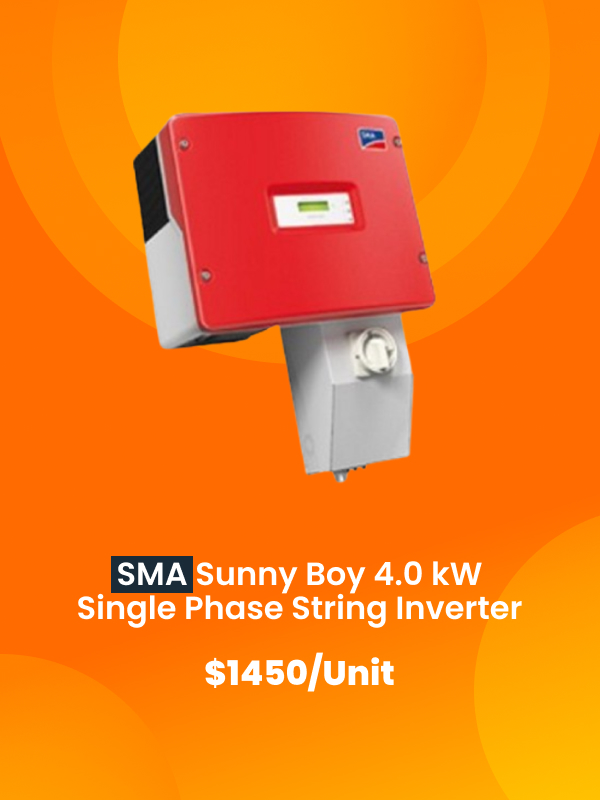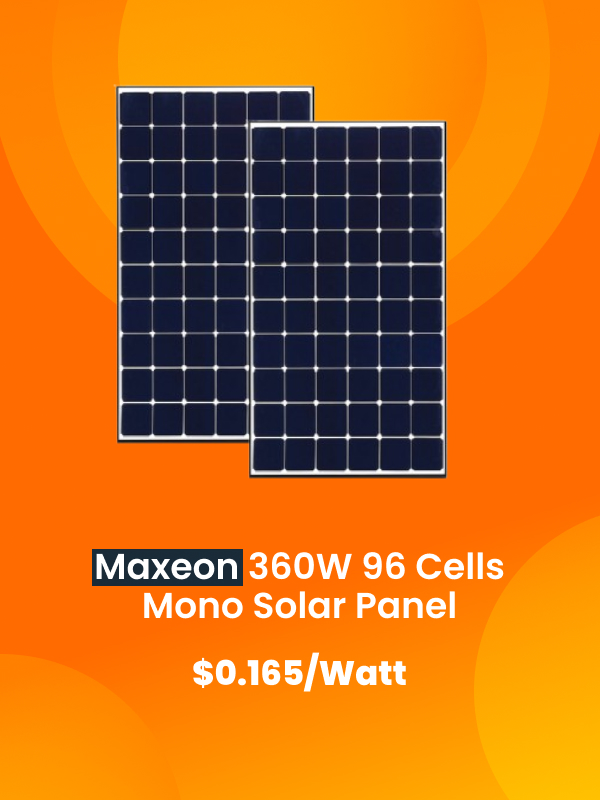Spec sheets (or datasheets) can easily slip past customers during the buying process.
While conversations with a sales rep, product summaries, and quotes provide useful information, this is usually only a surface view of the product you’re purchasing.
If you need to compare the technical characteristics of multiple products or need clear instructions on what your panels are capable of, the spec sheet is the place to go.
This blog will give detailed instructions on reading a spec sheet to help you enrich your buying experience. Once you’ve finished this blog, you’ll have acquired these important new skills:
- Understand how to read a solar panel spec sheet
- Understand how to compare multiple manufacturers using their spec sheets
- Use spec sheets to calculate solar panel power and efficiency
- Learn about the unique features of the solar panels you’re considering
- Use spec sheets to determine which solar panels are best for your project
Cover Page Review
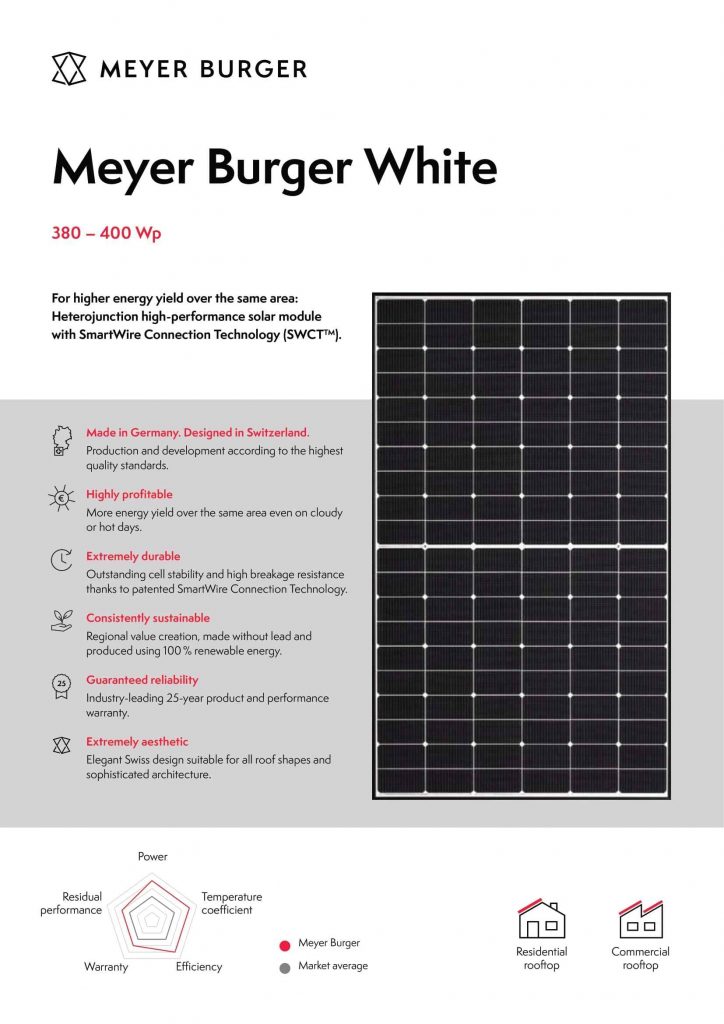
We will review the Meyer Burger White spec sheet because it is standard and straightforward. It is also used for both residential and commercial applications.
Product line
Meyer Burger White
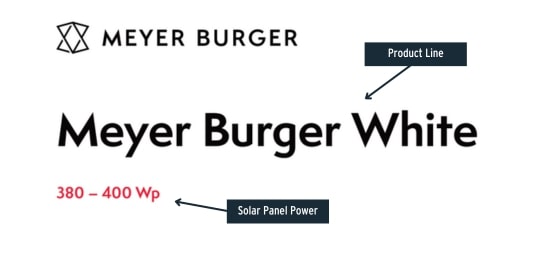
Solar panel power
The power of the Meyer Burger White panel is expressed as 380-400 Watt peak capacity (Wp). This means that in optimal (test) conditions, the panels generate a maximum of between 380-400 Watts of energy.
Technologies used
The next blurb advertises two different technologies.
- Heterojunction technology
- SmartWire Connection Technology.
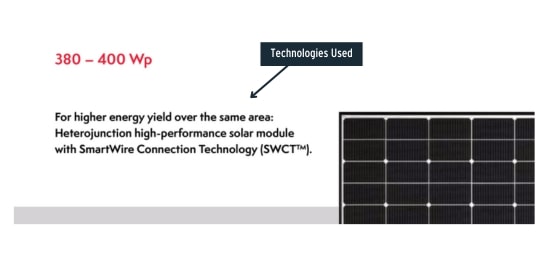
Heterojunction solar cells are crystalline cells enclosed between two layers of thin-film silicon. This design boosts their efficiency beyond that of a standard crystalline cell.
SmartWire Connection Technology replaces the busbar conductor system, typically powering solar systems. In place of each busbar, Meyer Burger subs in 18 micro-wires that increase efficiency and protect the cells from damage.
Module qualities
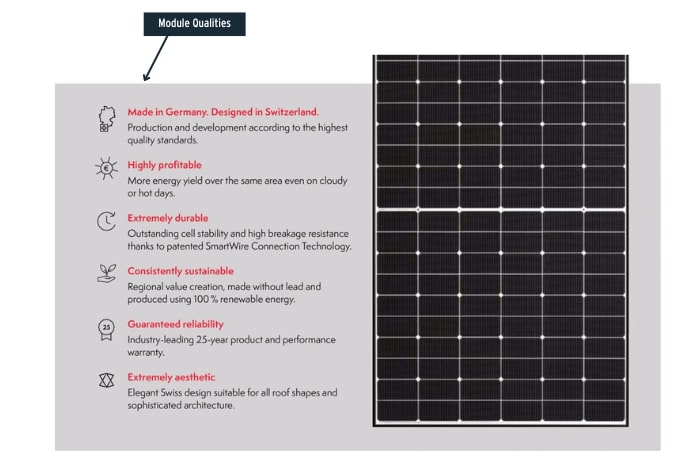
In the next section, Meyer Burger lists some selling points about the panels, including:
- Where they were designed (Switzerland) and manufactured (Germany)
- Their yield of 380-400 Wp.
- High durability, including SmartWrite Connection Technology
- Sustainable and lead-free
- 25-year product and performance warranty (industry standard)
Comparison with market
The pentagonal-shaped infographic at the bottom left compares the panels favorably to the market average on five points: Residual Performance, Power, Temperature Coefficient, Warranty, and Efficiency.
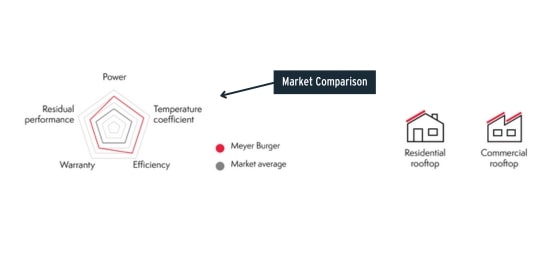
The graphic at the bottom right tells us these panels are appropriate for residential and commercial use. Commercial scale panels include more cells, giving them a larger footprint, more power, and higher efficiency ratings than residential panels.
We can see an image of the product to the right.
Page Two Review
The spec sheets’ second page focuses on physical measurements and testing. All spec sheets will have this information in different formats with slightly different wording.
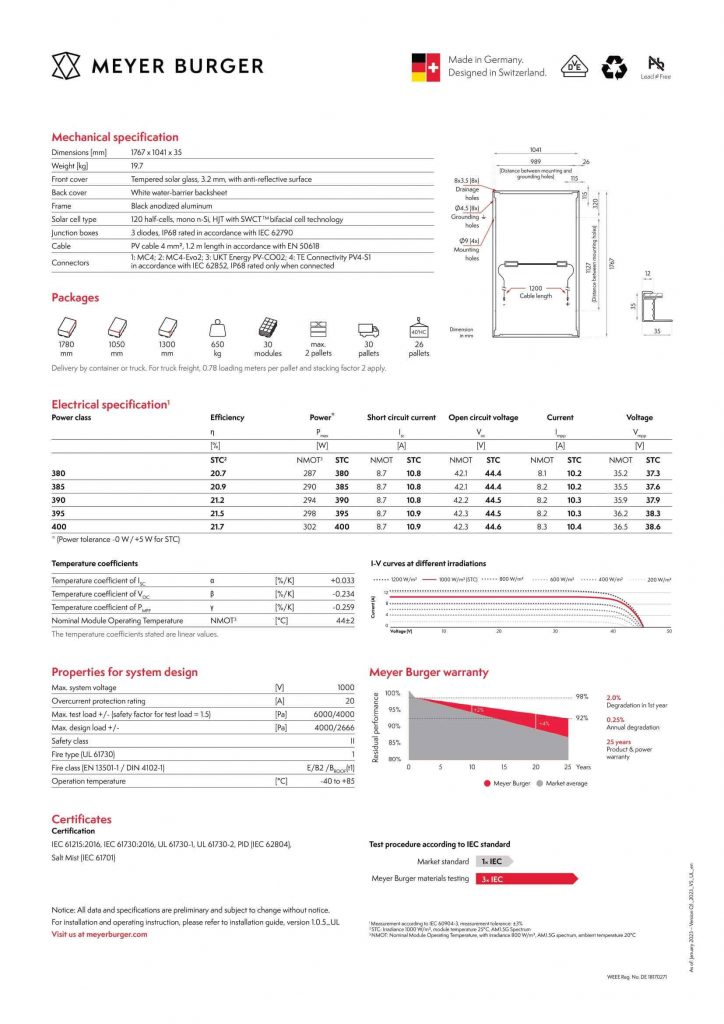
This section will help us visualize our solar system and flesh out expectations for future performance.
Note that one way to test your solar panels against your original expectations is by measuring their capacity factor.
Now, let’s dig in.
Mechanical specification
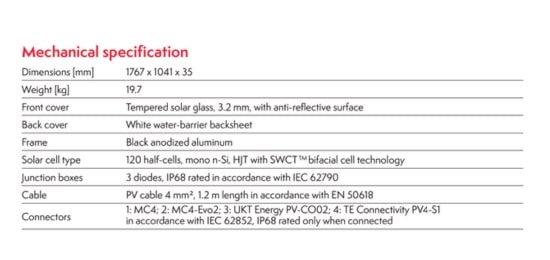
Dimensions– This information is crucial to determine the footprint for your job. Not all panels are the same size, and commercial panels are typically larger than residential panels. Being able to compare this information across manufacturers can help you make the right selection.
Weight– Panels typically weigh between 40-60 pounds. These weigh in at 43 pounds (19.7 kg), which is standard.
Front Cover, back cover, frame- This tells us what’s protecting the photovoltaic cells. An anodized aluminum frame is standard for crystalline solar panels. 3.2 mm is in the standard range for front glass.
Solar cell type– Monocrystalline, polycrystalline, and thin film are the most common types of cells. In this case, we are looking at monocrystalline n-type (as opposed to p-type) High Junction Technology (HJT) panels. As we noted, these panels come with SWCT bifacial cell technology. This technology is unique to these panels and cannot be found on all spec sheets.
Junction box, cable, connectors– These units come pre-installed to panels and interconnect power continuity throughout solar arrays. IP68-rated boxes are rated for all weather. Sizing cables properly and using the appropriate connectors ensures panels do not overheat and prevents energy loss.
Packages

While this is helpful information, we recommend confirming shipping information directly with your supplier rather than relying on a spec sheet.
Panel sketch
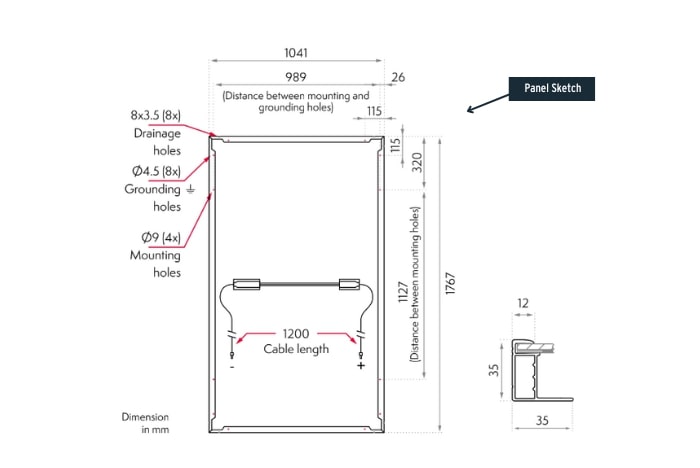
This information is useful for you or your installer to get a sense of the overall footprint for your job.
Electrical Specification

These panels were tested and charted from a range of 380-400 watts in six categories; efficiency, power, short circuit current, open circuit voltage, current, and voltage.
There are two columns listed for each of the categories. One for NMOT or Nominal Module Operating Temperature and a second for STC or Standard Test Conditions. NMOT simulates a real-world operating environment by adjusting irradiation (sunlight) and module temperature. STC is a fixed set of conditions under which solar panels are tested. The specific test conditions are listed in the footnotes at the bottom of the page. These numbers tell us how the panels can be expected to perform in ideal scenarios (STC) and real-life conditions (NMOT).
- Efficiency– Also known as efficiency rating. Efficiency is the percentage of sunlight that the cell converts into electricity. This number tells us how much value we get from our investment. It’s also easy to compare manufacturers across each of their spec sheets. Efficiency remains the same under both NMOT and STC.
- Power– Measured in Watts, this is the expected power production under ideal sunlight and temperature conditions. Note that there is about a 100 W difference between NMOT and STC.
- Short circuit current– The largest electrical current that can be drawn from a solar cell
- Open circuit voltage– The maximum voltage available when the circuit is incomplete, and no current is flowing through.
- Current– The amount of current the panels are designed to draw at full load
- Voltage– The maximum voltage at which the panels are designed to operate safely.
Temperature Coefficients
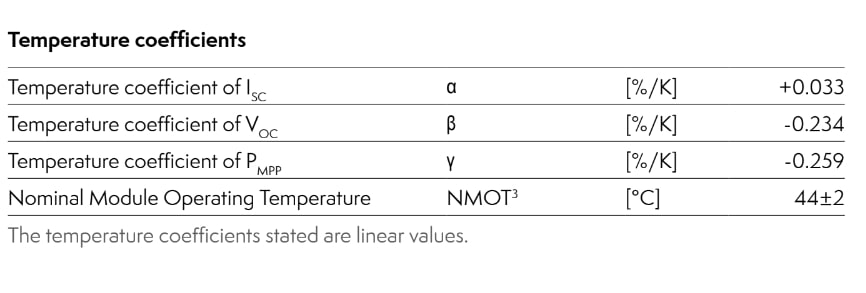
This is where we can find out how these panels perform under varying weather conditions and compare multiple competitors simultaneously.
We need two pieces of information to start. First, we need a baseline temperature. In this case, we’re working from an NMOT of 44 +/- 2 ℃ (111 ℉. ). We also need the temperature coefficient of P, which is known as Pmax (shown as Pmpp on the spec sheet)
Temperature coefficient of Pmax– Pmax is a negative coefficient that expresses how much a panel’s efficiency decreases for each degree increase in temperature over NMOT. To calculate efficiency loss, you would use the following formula:
(Panel Temperature- NMOT)* Pmax= Efficiency loss.
If we used 120℉, we’d come up with:
(121-111)* -.259= 2.59% efficiency loss.
So we expect a 2.59% efficiency loss for each 10℉ increase over 111 ℉. If you want to compare multiple manufacturers, remember that the Pmax will be different for each panel, and you’ll need to compare them head to head.
There are coefficients for other temperatures, including
Temperature coefficient of Isc– The change of short circuit current values in relation to temperature changes.
Temperature coefficient of Voc- Calculates the change of open circuit voltage values of the module.
I-V curves at different irradiations

The current-voltage curve graphs the relationship between current (A) and wattage (W/m2) as the load increases from no load to maximum current load. This graph demonstrates how output decreases as the temperature goes up.
Properties for system design
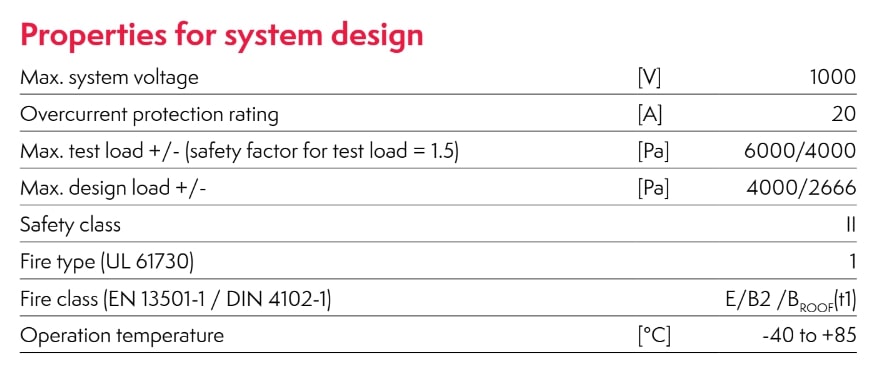
Maximum System Voltage- This is the energy produced by the entire panel. In this case, 1,000 Volts.
Overcurrent protection rating– Overcurrent is a situation where electrical surges cause the risk of fire or damage to the equipment. Circuit breakers and fuses are most commonly used as protection against this.
Max. test load and max design load– The UL testing standard determines how panels will hold up under extreme weather conditions, especially snow. Meyer Burger white panels hold up under 6,000 lbs front-loaded and 4,000 lbs back-loaded.
Safety class– Electronic equipment is assigned ratings based on the amount of protection it provides from electric shock and fire risk. These are rated Class II because they have two layers of insulation.
Fire type- There are five classifications of fire. A type A or 1 fire safety classification is the best achievable fire rating. Flame spread is minimal and is unlikely to contribute fuel to a fire.
Fire class– These are the European and German fire standards. The European rating is not as friendly as the UL standard, giving them an E or “high contribution to fire” rating. The German rating is “normal flammability.”
Operation temperature– These panels have been certified from -40 ℃ (-40 ℉) – 85 ℃ (185 ℉). Panels are generally tested around 77 degrees and have peak efficiency between 59 ℉ and 95 ℉, so this manufacturer is going out of its way to prove its product will stand up under extreme temperatures.
Meyer Burger Warranty
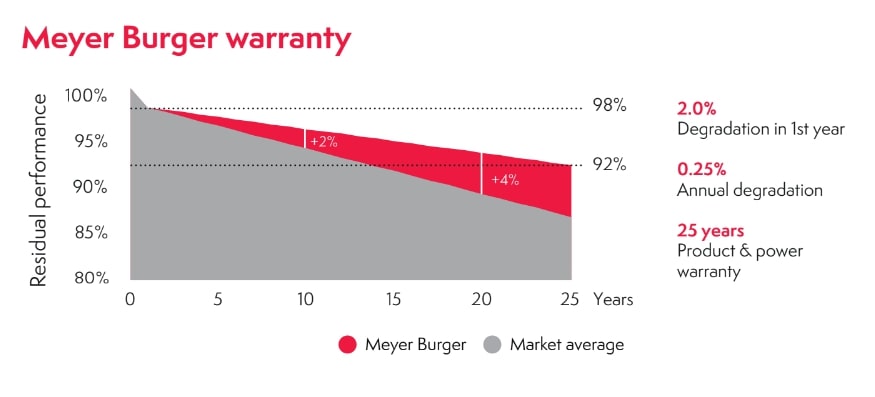
The manufacturer has graphed their warranty information alongside degradation rates. The degradation rate is an expression of the annual decrease in efficiency that solar panels experience due to radiation and weather damage. We expect solar panels to degrade by .5% per year.
Meyer Burger references a 25-year warranty and lists its residual performance in 5-year increments during that period.
Certificates

All solar panels undergo performance testing procedures. You can learn about some of those here. Meyer Burger also points out that they take 3* the materials testing of the IEC standard, indicating a focus on engineering and safety.
The Bright Idea
Understanding how to read a spec sheet makes you a more educated buyer. This knowledge allows you to compare multiple products simultaneously and determine which panels will give you the power and efficiency you need over the longest period. You can better identify features that set manufacturers apart from one another and make their panels the best fit for your project.
That makes you a bright solar consumer.
Contact our sales team with any additional questions today.

